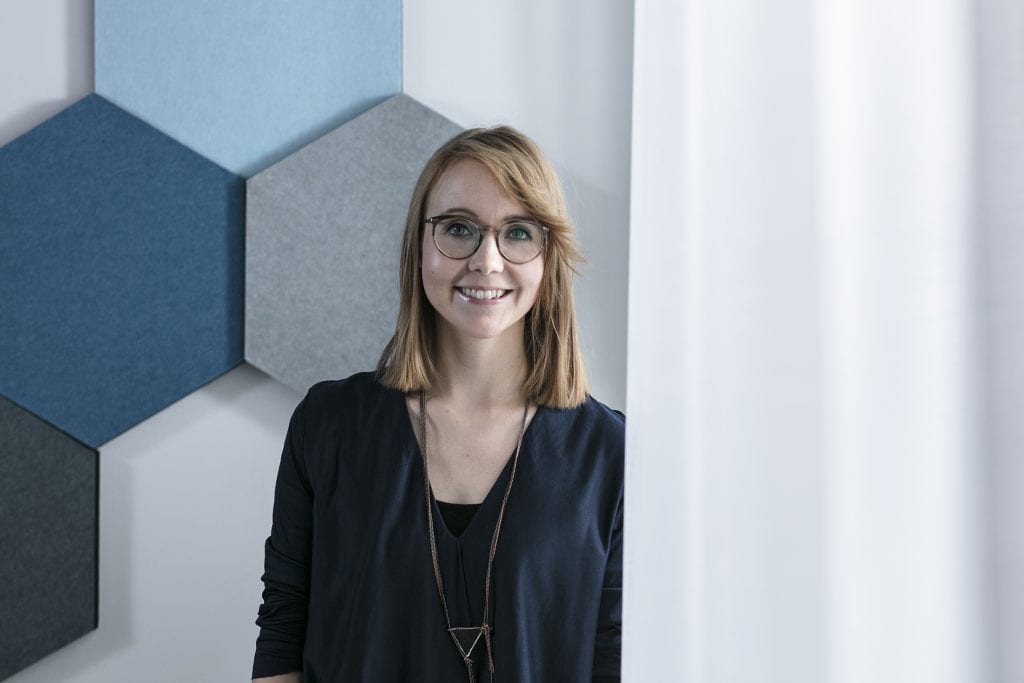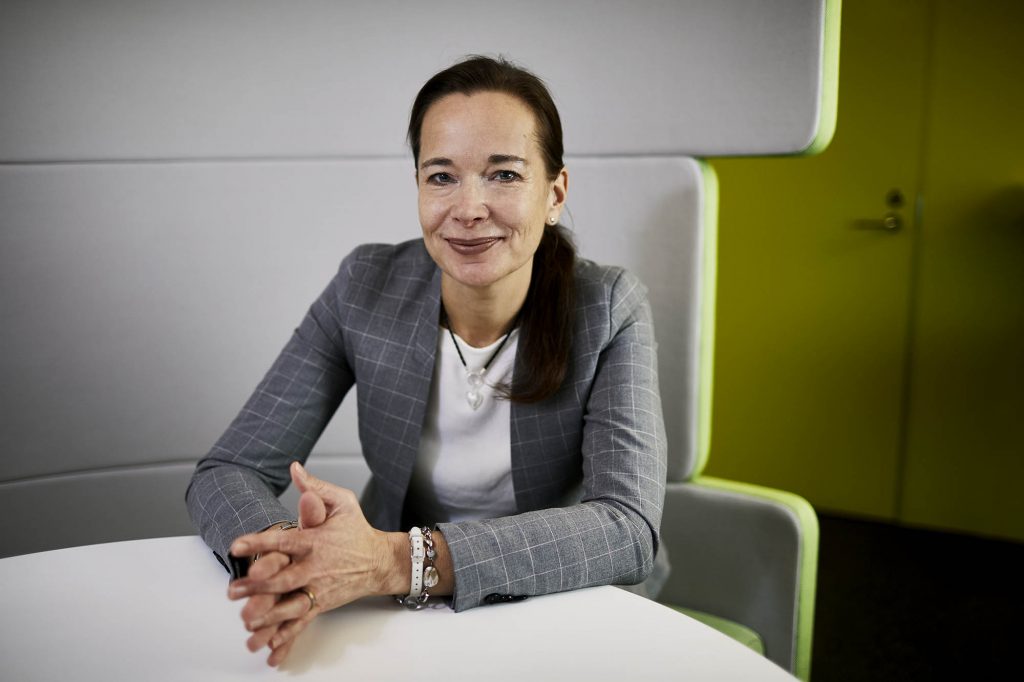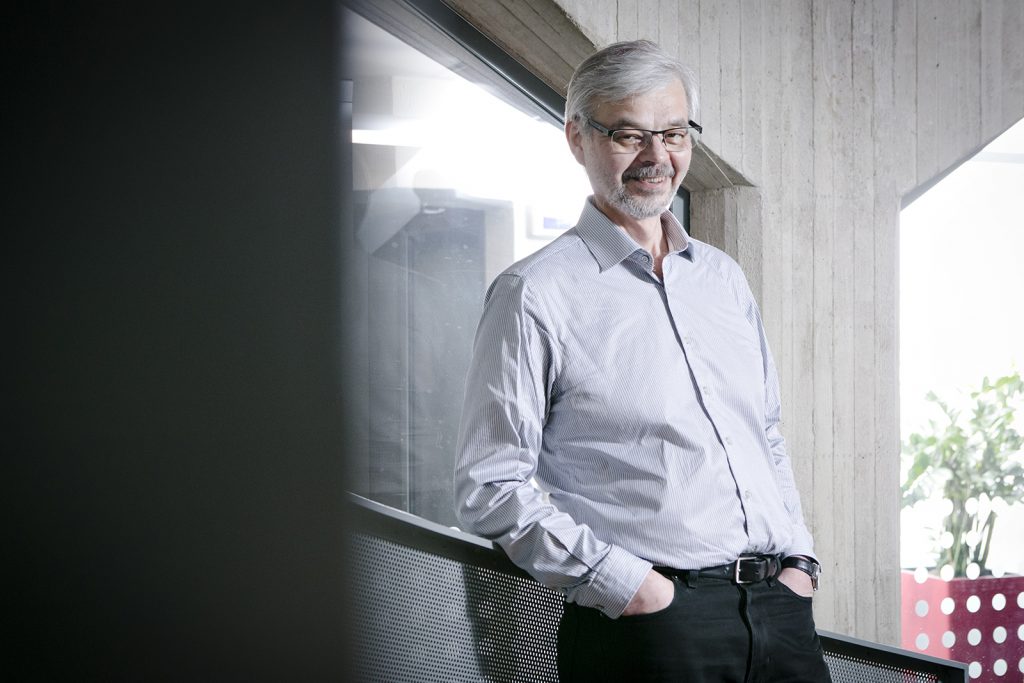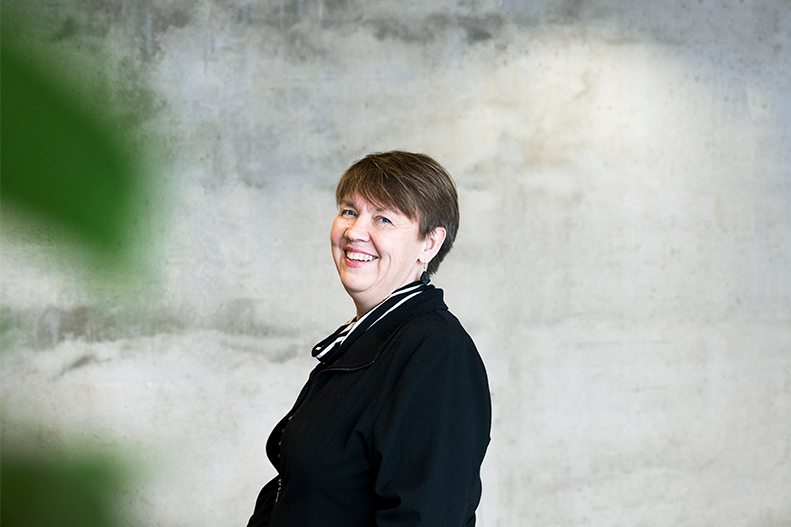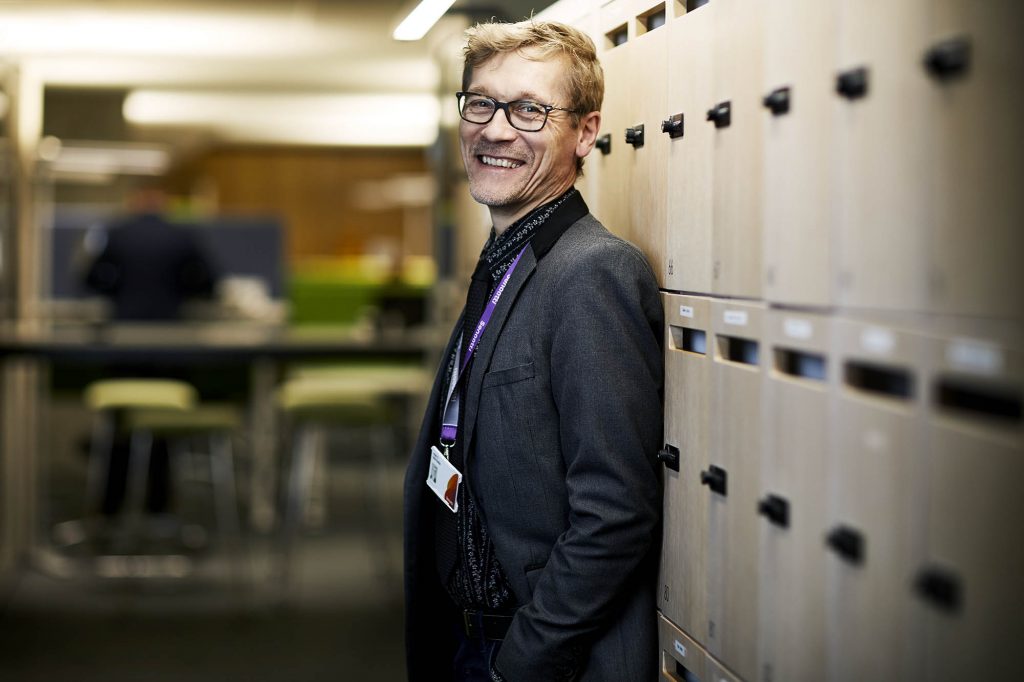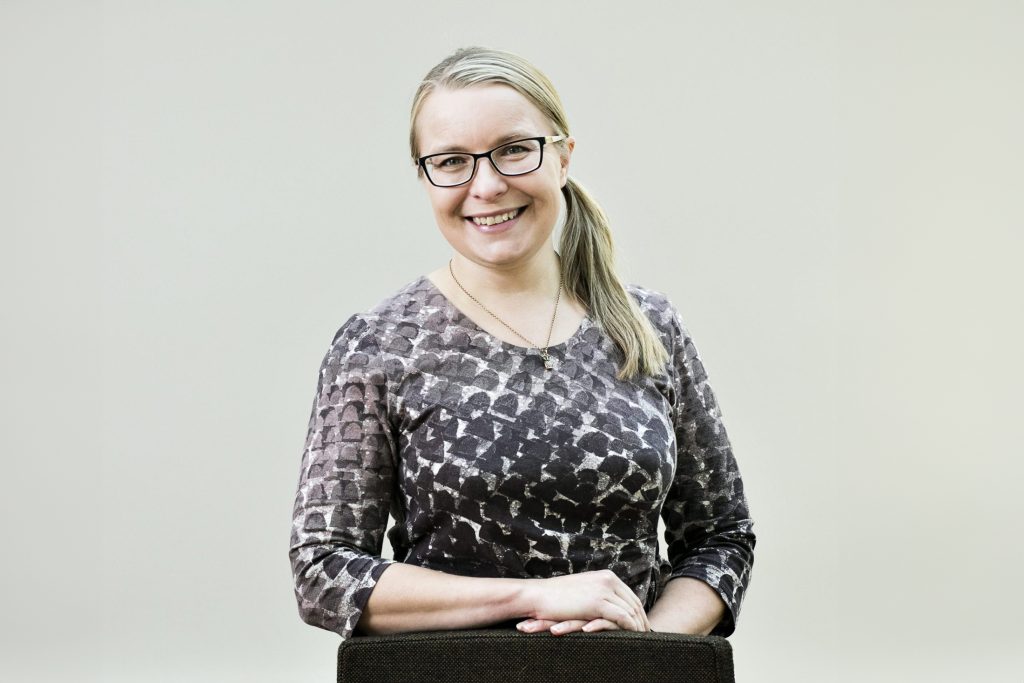Anne Sundqvist, Specialist, National Facility and Workplace Concepts
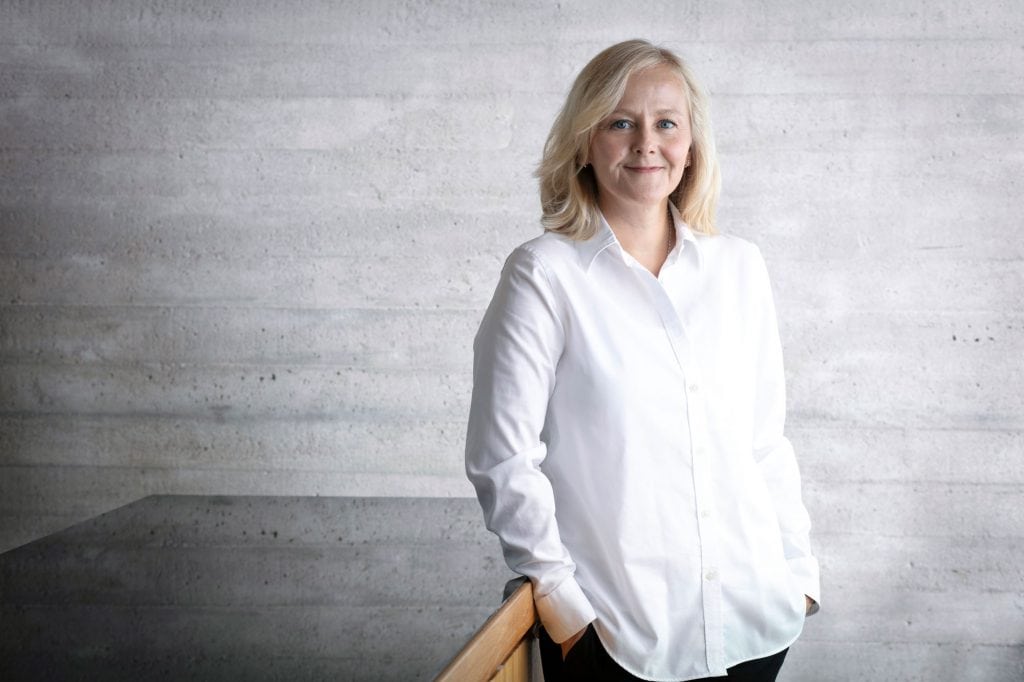
A human-centred developer
Specialist Anne Sundqvist is responsible for the production of customer-focused and activity-based concepts for the central government, in cooperation with a multidisciplinary network of partners that she leads. The key aspects of the development work include the needs of the people who use the facilities and services and a deep understanding of how the organisation operates. The work results in pilot projects and concepts of the future that renew the operations and facilities of state organisations.
What does your job involve?
It’s important that the facilities support the operations. The central government also pays close attention to the effective use and optimal number and location of facilities. I produce concepts intended to improve the customer and employee experience and make operations and facilities more consistent and efficient, in addition to saving time and money. The concepts also accelerate the implementation of the customer’s strategy.
For concept development, I put together a multidisciplinary team that consists of members of our partner network. In addition to our own professionals, such teams include service designers, operational and process developers, designers and architects, for example. I carry out development work based on facts, in an analytical and human-centred manner.
In line with the principles of design thinking, the starting point is empathy: examining and understanding the needs and experiences of customers and employees. Based on the results, our team identifies the culture of operation and the strengths of the facilities, as well as their development needs. As far as possible, we rely on research, statistical analyses and comparative studies when examining the key aspects of the operations in terms of customers and society. In the next phase, we produce ideas for new operating models and facilities, if needed, in cooperation with stakeholders. These will later be developed into more specific concepts. We test the solutions by means of 3D modelling and the simulation of operations and facilities, for example. The solutions are further developed based on feedback.
In concept development, design thinking is complemented by making use of data. In my projects, tried-and-tested methods include research and statistical analysis, analysis of the customer and employee experience, service design, analysis and simulation of processes, space planning, 3D modelling, scenario work, workshops, interviews and observations. Making use of design thinking and data, we have developed a prison concept based on effectiveness, a work and learning environment concept for the Finnish Defence Forces and an activity and facility concept for state residential schools.
What are the goals of your work?
Each customer project is different. At the beginning of a development project, we listen intently to the customer to identify their needs and new opportunities. I’m responsible for ensuring that the people related to the change are able to affect the development work in many ways. By encouraging participation, we ensure that the project is headed in the right direction, that the services and solutions to be developed are of a high quality and that the various parties are committed to achieving the goals. For this reason, I think it’s important to ensure that the voices and experiences of prisoners and guards or conscripts and instructors, for example, are heard and understood in concept development. This enables us to include both external and internal perspectives.
The purpose of concept development work is to produce measurable benefits. We have helped our customers improve the effectiveness of their operations in society, justify investments in facilities and operations, and improve the customer and employee experience. We have also succeeded in designing more functional work environments in addition to facilitating new ways of working and the effective use of digital tools. My goal is always to help the customer.
What is the most significant future trend in your field?
Virtual modelling and 3D visualisation are new and welcome trends that we have applied to the planning of the Hämeenlinna prison for women, among other projects. In the prison project, we tested two building mass design options virtually and were able to see for each option how the prisoners and employees would move about in the facilities in accordance with the daily routine. This enabled us to determine which option was better in terms of effective use of the facilities. Designing virtual facilities is considerably less costly than implementing a pilot project. Virtual models also enable the future users of the facilities to visualise them more clearly as early as in the planning phase.
There is another useful method that is related to technology: the simulation of processes and facilities makes it possible to ensure that the facilities are compatible with the operations. This is particularly beneficial when designing special facilities where the processes and facilities go hand in hand. Simulation also enables us to verify the facility programme for the project, as well as the optimal number and location of facilities in terms of connections.
In the future, increasing use will be made of service designers, as well as design methods and processes, in the planning of facilities and in terms of operating models and processes in the real estate and construction sectors. I see a more customer-focused future.
Three principles that guide your work?
- The development of work environments always focuses on people.
- I examine each project comprehensively and take the interrelations of the various sections into account.
- We ensure the best results by carrying out development work in cooperation with the customer and a multidisciplinary team of experts.
CV
Education: International Design Business Management (IDBM Pro), Aalto University BA in Interior Design, Harrington Institute of Interior Design, Chicago.
Previous employers: Joined Senate Properties in 2003. Worked as a project manager in workplace development and interior design at Evata Finland for about a year before joining Senate.. Worked as a consultant, project manager and designer in the ABB Group’s workplace development projects for seven years.
Positions of trust: Representative of Senate Properties on the Building Information Foundation’s “Art in Building Projects” special executive committee; member of the Environmental Art Foundation’s commission; member of the artistic vision steering group of the Hanaholmen centre for Finnish and Swedish culture; member and vice chair of the Building Information Foundation’s “RT Guidelines for Office Facilities” committee.

